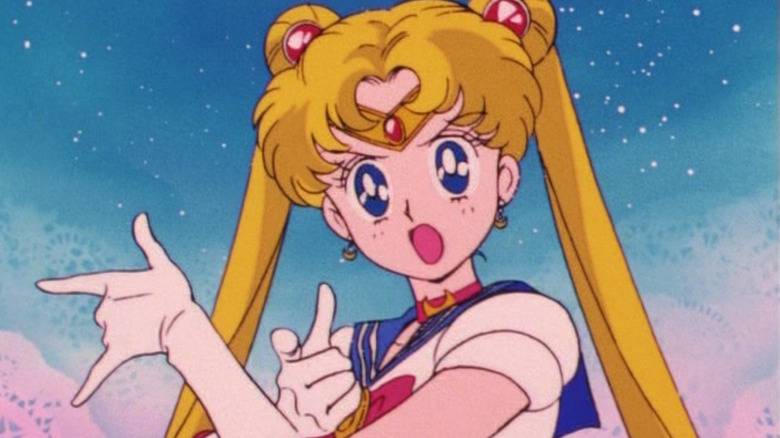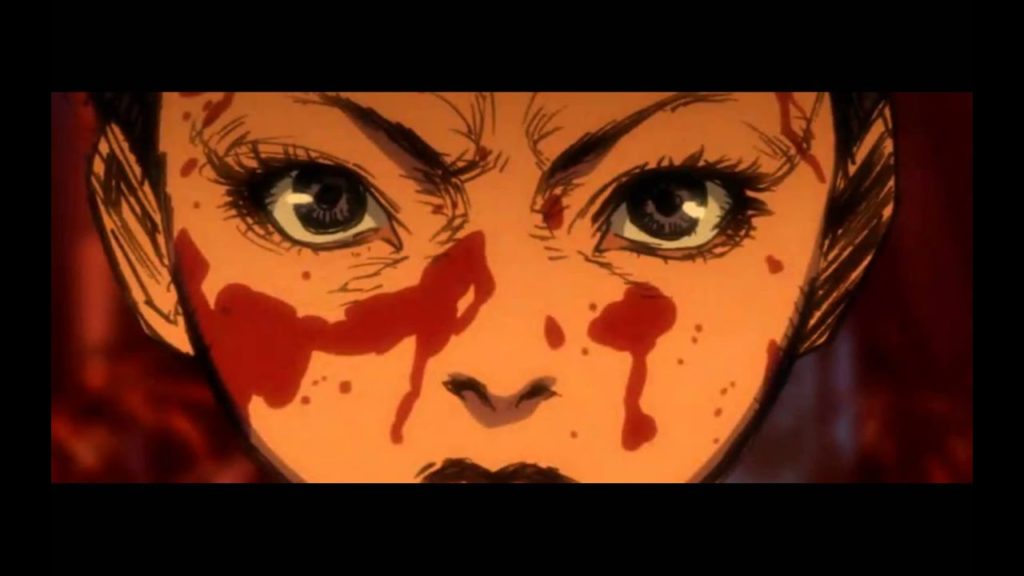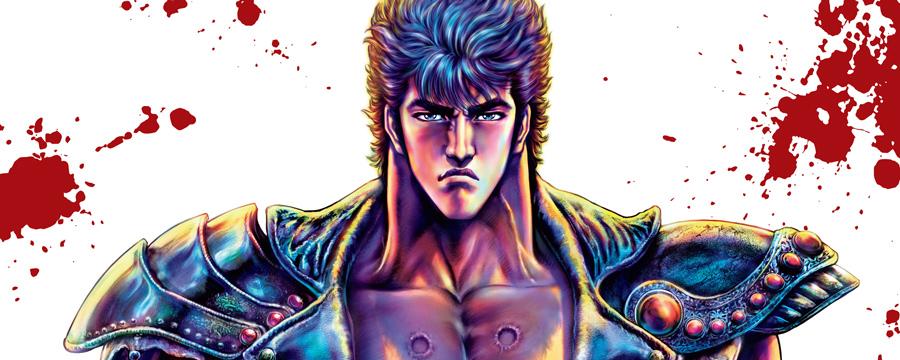We had the pleasure of speaking with visual artist Akiko. We sat down with her to learn more about her creative process, as well as what inspires and drives her. Self-taught and influenced by Japanese Woodblock prints and the beautiful background art that became signature in Ghibli films thanks to Kazuo Oga – Akiko incorporates aspects of her own experiences and nostalgia into her designs.
Creating a new universe out of nothing is what Akiko enjoys most about her job as an artist. Akiko’s an advocate for poster colours paints, the same paints used by Studio Ghibli to create the beauty of My Neighbor Totoro and Princess Mononoke.
With a sold-out show back in London at the Sway Gallery in 2019 and an ever-growing amount of followers, we were super excited to dive into how it all started!
Fans of Studio Ghibli read on to find out what it takes to be able to re-create the beautiful background art that became signature in Ghibli films thanks to Kazuo Oga.
Get to know Akiko

Born in Italy but based in Paris, Akiko is a talented artist who recreates the magic of Studio Ghibli in her own unique way. Studio Ghibli, however, is just a tiny part of what drives and influences her creativity today.
“When I was young I didn’t really understand Studio Ghibli, I saw Spirited Away and it made me sad, kinda freaked me out. I was too young to understand it. I hated it initially. But as I grew up I moved away from Disney and realized I loved Ghibli!
…With Studio Ghibli you’re too young to understand the messages that it gives you. Their characters develop by facing challenges that they must overcome themselves in order to grow. It’s scary and it’s life.”
Sailor Moon

Akiko had been interested in Japan for a long time but Studio Ghibli was not her first interest. In fact, growing up as a kid in the 90s her main anime of choice was Sailor Moon – having grown up watching the show – arguably the most popular anime for young girls at the time.
“I was a big fan of Sailor Moon, it was my first introduction to Japan. I grew up watching that show. For me, the first step toward wanting to learn more about Japan was seeing Sailor Moon eat Dango and having bento boxes filled with Onigiri — I had no idea what those strange-looking foods were! I was always asking what was going on, trying to understand…”
Pastel colours of the 80s and early 90s and the charms of Show-Era Tokyo exposed her to a whole new world and kickstarted her curiosity about Japan and Japanese culture.
Art School & Cinema

From a young age, Akiko was always pushed to discover and learn about art and cinema. An avid film geek, she would watch movies and collate her own personal movie reviews for herself.
Spaghetti Westerns, Wes Anderson and Tarantino films such as Kill Bill Vol 1. continue to inspire her aesthetically. Conceptually, any films that explore dreams or dream sequences have always charmed Akiko, movies such as Parika by Satoshi Kon, come to mind.
“I see my art as a combined representation of art and movies. The use of light, costume, colour, vibrant colours draws me in.”
Akiko studied fine arts in Milan but after 2 years in set design and cinema, she left. Not having enjoyed the process and seeking to develop in her own way.
A nostalgic person by nature, Akiko still prefers to send letters or postcards rather than emails. And continues to be inspired by traditional art and architecture, clothing (Japanese and Non-Japanese).
Visiting Japan & Tokyo

Her personal discovery of Japanese art that initially started with Woodblock ukiyo-e and Katsushika Hokusai led her to the Karuizawa Mokuhanga school in the Nagano prefecture. There she learned traditional Woodblock print (Ukiyo-e) techniques, a technique that was common in Japan in the 1800s with woodblock prints being mass-produced for consumption of information.
Akiko learned how to make woodblock prints by placing a design face down on the block, removing the paper, and carving around it, leaving just the lines. Akiko learnt how to use Sumi ink, which she then applied on top of the carved lines. Following that, a prepared washi would be put face down on a sheet of paper, and a tool known as a Baren would be used to press it firmly against the design.

“Discovering Japanese art was so different, I fell in love with it.”
When she wasn’t working or studying, Akiko photographed everything she saw in Japan, from traditional architecture to the country’s stunning scenery. They would serve as another inspiration for her artwork.
Studio Ghibli COVID Competition

Her passion for architecture continued to grow when she returned from Japan. At this point, she had begun to experiment with Studio Ghibli’s background art style. Akiko would use the photographs she took in Japan and attempt to transform the photos into animation background art.
“You could pause any single frame in the backgrounds of studio ghibli, it could be hung as a painting itself”
Armed with what she learned in Japan from Woodblock techniques and her own unique aesthetic perspective, Akiko challenged herself to reach the same level of the background art created in Studio Ghibli films.
When COVID came, she seized the chance. During Lockdown, Studio Ghibli UK released a competition to creators online: ‘7 days, 7 movies’.
Entrants were instructed to draw inspiration from any of their films and produce their own work of art, whether it be a video or song, or artwork. That’s when she decided to use the same materials, supplies, and paints from Japan.

“It was a goal of mine to get to that level, to push myself and improve… I had plenty of time to do so during the lockdown.”
By participating in the challenge and recreating background scenes from Totoro, Akiko started to get noticed online on Instagram.
“After the challenge and the artwork I submitted for it, it received a large amount of engagement, people loved it and it really encouraged me to continue to get better. My Instagram grew and I started doing it more.”

Everything Akiko uses to create her wonderful imagery is purchased and shipped from Japan – the paper, the brushes, and of course the paint. Akiko dabbles with a number of water-soluble paints such as Gansai Watercolours and Gouache (which colour with pigments rather than dyes), but poster colours are where she truly shines.
The magic of her lovely scenes of Japanese countrysides, traditional buildings, and streets that are reminiscent of Studio Ghibli scenes are made using NICKER poster colour paints. Poster paint can essentially be used in the same manner as gouache, although it dries much faster.
For decades, Studio Ghibli has used NICKER poster colour paints in their animation. Many well-known manga and anime artists use the paint brand. In fact, anime is often said to have originated in Tokyo’s Nerima Ward, where NICKER is headquartered.
Kazuo Oga: ‘The One Who Painted Totoro’s Forest’

Akiko is heavily inspired by Studio Ghibli’s background painting master Kazuo Oga.
Beautiful and evocative background art was a major factor in establishing Ghibli as a global animation company. Not only did it create such a powerful feeling of home, but it inspired audiences with nostalgia.
While a lot of really skilled artists have contributed to the company’s unique style, it is safe to say that Kazuo Oga is the one who has had the most impact on it on the Ghibli signature style we love today.
Kazuo Oga is an animator, art director, and illustrator who worked with Hayao Miyazaki and Isao Takahata on several Studio Ghibli films, including My Neighbor Totoro, Only Yesterday, Whisper of the Heart, Porco Rosso, and The Tale of Princess Kaguya.

“I think art in animated films has a decisive role in determining the dignity of a film. What kind of ambition did it have when I saw a film? It is overwhelmingly the power of art to convey that it is a movie.” “Light, shadows and textures are thick enough to express human spirituality,”
– Kazuo Oga (in an interview with Miyazaki)
Akiko’s Creative Process

Akiko is self-taught, having utilised Japanese videos and books which she had to translate sometimes using google translate to get by.
“I learned purely from recreating the beautiful images I would see in the books and videos.”
After countless hours of practising and experimenting with her poster colours, she got to a point where she could paint anything she wanted.
Akiko loves to work during the day, with natural light and weather contributing heavily to her style and her process. Light helps her perceive and interpret colours in a unique manner – helping her get into her creative zone.
Her workstation is purposefully positioned directly in front of the window.
In the evenings, she conducts research and gathers information in order to feed her creative flame: forests, skylines, historical buildings, and movie sequences.
“Since poster paints dry quickly, it’s tough to work with them since you don’t have much time to dwell on your ideas. You really only have one chance to get it right when the paper is wet but just about to dry. It’s frustrating because I only source my paints and papers from Japan.”
Akiko never sketches beforehand unless it’s something intricate or architectural, occasionally a handful of pencil lines are enough for the rest. She begins by wetting the paper on both sides before laying it out on the work surface. She then removes the poster colours from the jars, along with white and places them on a nearby dish. She then begins by applying a thin layer of poster paint to the paper.

As a result, she meticulously builds her own distinctive landscapes mainly from pictures. The process, however, isn’t without its own set of difficulties.
“Painting Studio Ghibli style clouds is not easy, I’ve had a lot of nervous moments trying to get it perfect and I still can’t get them right yet.”
Despite the difficulties of working with poster paints, Akiko is always enthusiastic to take on the challenge. She sees it as a source of positive pressure that she relishes and is proud to overcome in order to excel.
Studio Ghibli Background Art

Akiko understands that a Ghibli production is defined not just by its character design and animation, but also by its background art, which necessitates a high degree of attention to detail.
To truly capture the magic of Studio Ghibli’s films, Akiko owes much to its characters: the high-flying Princess Nausicaä of the Valley of the Wind; the World War I-fighter ace-turned-swine Porco Rosso; the spirited ten-year-old Chihiro, spirited away into the realm of folklore; the dog-raccoon-bear-cat forest spirit known only as Totoro. But to truly bring it to life, Akiko knows she must discover the world that they inhabit.
Just like Studio Ghibli, Akiko romanticizes a rural way of living.

















































